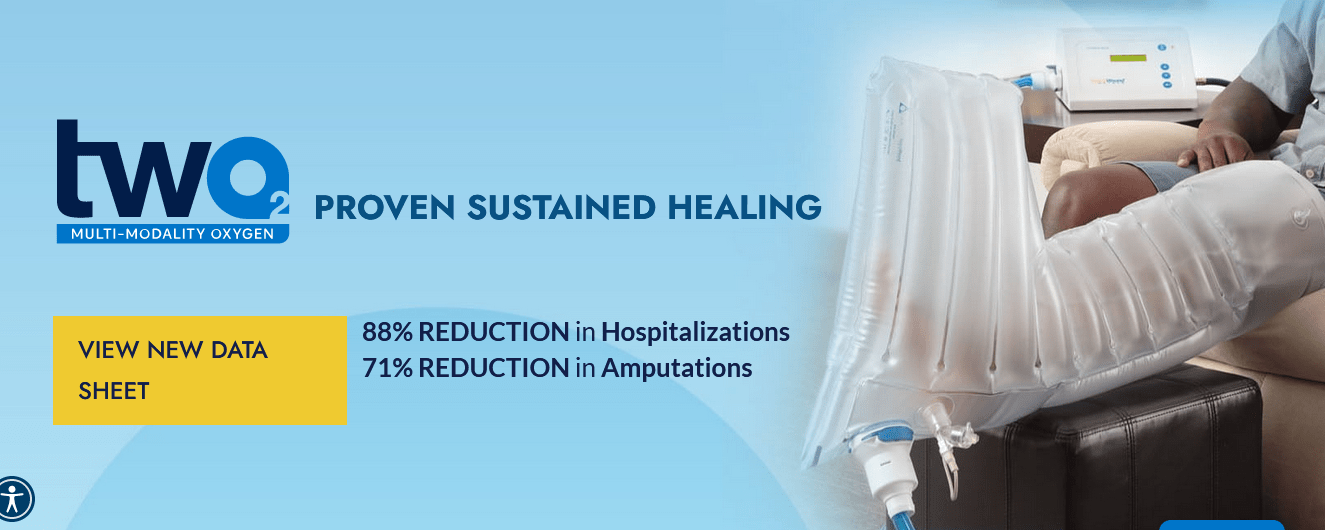The Family and Medical Leave Act (FMLA) is a significant piece of legislation in the United States that provides eligible employees with certain job-protected leave for specific family and medical reasons. Enacted in 1993, FMLA was designed to balance the demands of the workplace with the needs of families and individuals facing health challenges. Under this federal law, eligible employees can take unpaid leave for up to 12 weeks during a 12-month period for a variety of reasons, without the fear of losing their job.
Who Is Eligible for FMLA?
FMLA isn’t available to all employees. To be eligible, you must meet specific criteria:
Employer Size:
FMLA applies to private-sector employers who employ 50 or more employees for at least 20 workweeks in the current or preceding calendar year. It also covers most federal, state, and local government agencies.
Employee Eligibility:
To be eligible, an employee must have worked for the employer for at least 12 months (not necessarily consecutive) and must have accumulated at least 1,250 hours of service during the 12-month period immediately preceding the leave.
Reasons for Leave: FMLA provides job-protected leave for various reasons, including:
- The birth, adoption, or foster care placement of a child.
- Caring for a spouse, child, or parent with a serious health condition.
- Dealing with your own serious health condition that renders you unable to perform your job.
- Qualifying exigencies related to a family member’s military service.
- Caring for a covered servicemember with a serious injury or illness.
What Rights Does FMLA Provide?
Under FMLA, eligible employees have several essential rights and protections: and you get the anwer for What is the Family and Medical Leave Act (FMLA)?
Job Protection:
When employees take FMLA leave, their jobs or equivalent positions must be protected. Employers cannot terminate or discriminate against employees for taking this leave.
Health Benefits:
During FMLA leave, employers must continue to provide health insurance on the same terms as if the employee had been working.
Accrual of Benefits:
Employees continue to accrue seniority and other employment benefits while on FMLA leave.
Return to Work:
Upon returning from FMLA leave, employees are generally entitled to their former position or an equivalent one with the same pay, benefits, and terms and conditions of employment.
How to Request FMLA Leave
To request FMLA leave, employees must follow their employer’s internal procedures, including providing at least 30 days’ notice when the need for leave is foreseeable. If it’s not foreseeable, they should provide notice as soon as practicable. Employees must also provide medical certification when the leave is due to a serious health condition.
Limitations of FMLA
While FMLA provides crucial protections for employees, it has some limitations:
Unpaid Leave:
FMLA provides unpaid leave, so employees may face financial challenges during their absence.
Limited Coverage:
Not all employees are eligible for FMLA, and not all employers are subject to the law’s requirements.
Leave Duration:
FMLA provides up to 12 weeks of leave in a 12-month period, which may not be sufficient for some long-term medical conditions.
State and Employer-Specific Variations
Some states have their own family and medical leave laws that may provide additional benefits or coverage. Employers can also offer more generous leave policies than required by FMLA.
The Impact and Future of FMLA
The Family and Medical Leave Act (FMLA) has had a significant impact on the workforce, families, and employers since its enactment in 1993. It has allowed employees to balance their work responsibilities with family and health needs, contributing to a more compassionate and family-friendly workplace. However, it has also posed challenges and sparked discussions regarding its potential expansion and modification.
Positive Impacts of FMLA
Work-Life Balance: FMLA has enabled employees to manage their family responsibilities and personal health without the fear of losing their jobs. This balance is vital for the overall well-being of individuals and their families.
Improved Employee Morale:
Knowing that they have the right to take job-protected leave when needed can boost employee morale and loyalty. This, in turn, can lead to increased productivity and reduced turnover.
Enhanced Gender Equality:
FMLA has been instrumental in promoting gender equality by allowing both men and women to take leave for childbirth or family care. This helps break down traditional gender roles in caregiving.
Health and Recovery:
The law supports employees in managing their health, especially during times of serious illness or medical treatment, contributing to better recovery and overall health outcomes.
Challenges and Potential Changes
Unpaid Leave: A major limitation of FMLA is that it provides unpaid leave. Many employees struggle financially during their leave, leading to a desire for paid family and medical leave. Some states have enacted paid family and medical leave laws, but there is ongoing debate about implementing a federal paid leave program.
Coverage Gaps:
FMLA’s eligibility criteria exclude a significant portion of the workforce, particularly part-time and gig workers. There is a call for expanding the law’s coverage to include a more diverse range of workers.
Duration of Leave:
For some medical conditions, 12 weeks of leave may not be sufficient. Advocates argue for longer leave periods for certain situations, such as extended recovery from surgery or the care of a seriously ill family member.
Employee Awareness:
Many employees are unaware of their rights under FMLA, which can hinder them from taking advantage of the benefits the law provides. Increasing awareness and education about FMLA is an ongoing challenge.
Compliance and Enforcement:
Employers sometimes fail to comply with FMLA requirements, and enforcement can be a challenge. Some employees may fear retaliation or discrimination for taking leave, even though it is illegal. Strengthening enforcement mechanisms is a point of discussion.
The Future of FMLA
The future of the Family and Medical Leave Act is likely to involve ongoing debates and potential changes. The call for paid family and medical leave at the federal level is one of the most significant ongoing discussions. Legislators and advocates are exploring ways to expand the law to cover more workers, ensure paid leave, and address the changing nature of work in the modern economy.
The Family and Medical Leave Act is a crucial piece of legislation that aims to balance the needs of employees facing family or medical challenges with the demands of the workplace. Understanding your rights and obligations under FMLA is essential, as it can provide job security during critical life events. If you believe you qualify for FMLA, it’s essential to consult with your employer’s HR department and follow their specific procedures to ensure a smooth leave process.
Also can read more quality content at backlinkget




